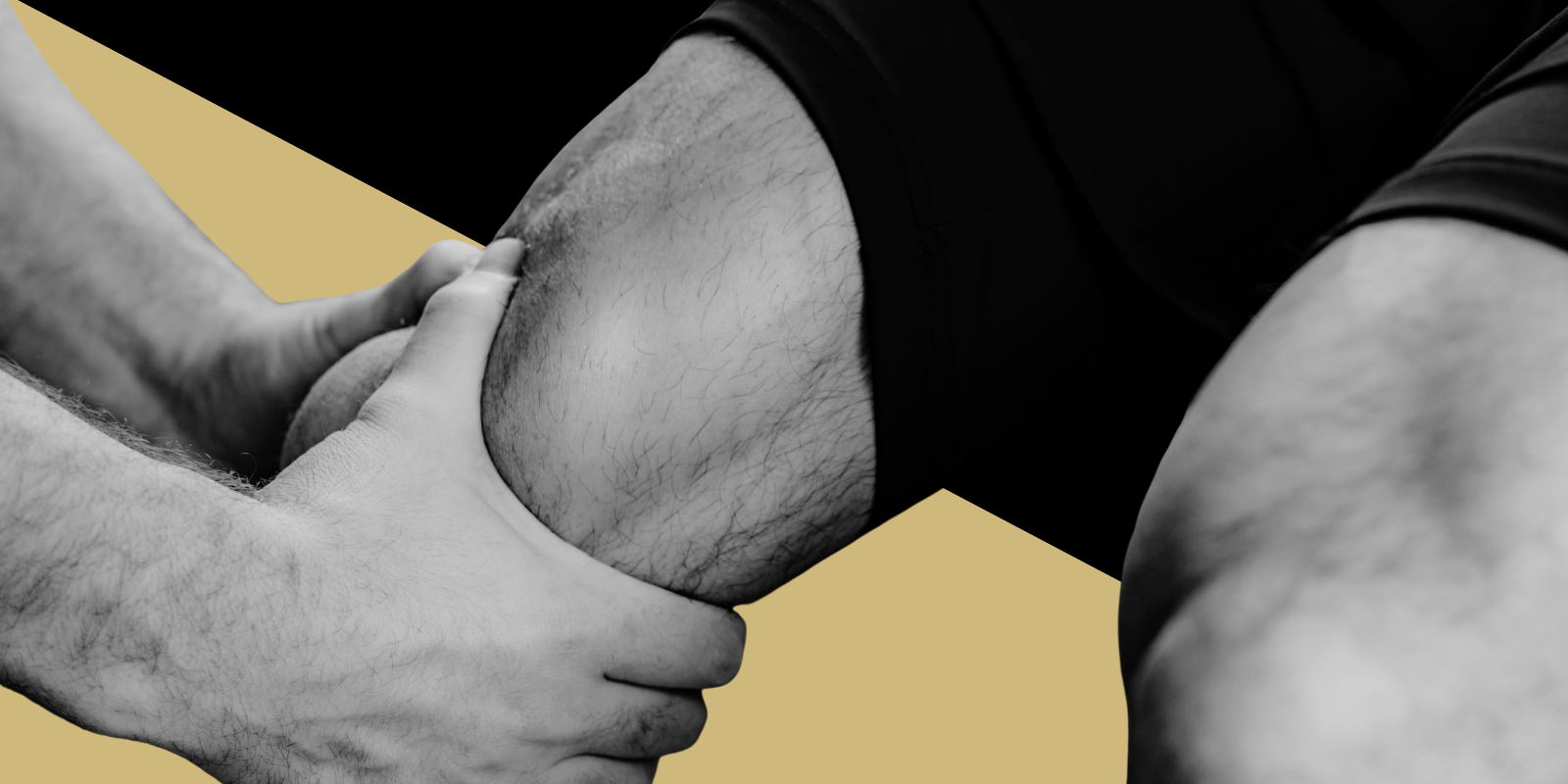The University of Colorado Anschutz Medical Campus celebrated the global Rare Disease Day on February 28 with an event that highlighted the campus' strengths in diagnosing and treating rare diseases and explored a vision for creating a regional rare disease hub.
Campus experts, hospital and community partners, patients, and families from around Colorado met in the Anschutz Health Sciences Building on the CU Anschutz Medical Campus to learn more about rare diseases and what organizations around the state are doing to fight them.
“Having a day like this is exactly what this institution believes in and wants to support,” said Don Elliman, chancellor of the CU Anschutz Medical Campus, pointing out that rare diseases affect 30 million people in the U.S. and more than 300 million people worldwide. Among those is Elliman’s son, who has a disease that is yet to be characterized.
“This day, and the purpose of this day, is spot on to the mission of CU Anschutz,” Elliman said. “Having the chance to share knowledge and make connections will be a huge benefit.”
Early milestones
Shawn McCandless, MD, professor of pediatric clinical genetics and metabolism at the CU School of Medicine, spoke about three big milestones in the fight against rare diseases — the 1983 creation of the National Organization for Rare Disorders (NORD); the 1983 passage of the Orphan Drug Act, which incentivized pharmaceutical companies to create medications to treat rare diseases; and the 2003 completion of the Human Genome Project, which provided fundamental information about human genetics and laid the groundwork for gene therapy. The role of environmental factors in rare diseases also is beginning to be better understood, he said.
“The history of treating rare diseases has been one of partnerships. It requires a community to treat rare disorders,” said McCandless, one of the organizers of the Rare Disease Day event. “It’s very clear we still have a long way to go to understand human health and disease, but we are making progress. It’s a very hopeful time.”
Excellence and informatics
Matthew Taylor, MD, professor of cardiology and co-organizer of the event, brought things into the present, highlighting the high number of clinical trials, conducted by CU School of Medicine faculty members, currently taking place at UCHealth University of Colorado Hospital and Children’s Hospital Colorado, and the January establishment of a NORD Rare Disease Centers of Excellence on the CU Anschutz Medical Campus. CU is one of just 31 such centers in the country dedicated and equipped to advance progress in rare diseases.
According to the NORD website, the Centers of Excellence “offer world-class doctors in all major specialties and bring together medical teams experienced in diagnosing and treating a wide array of rare diseases. In addition, researchers at each center are working with doctors and patients to find more treatments and cures for rare diseases. NORD is interconnecting this network of centers to encourage collaboration and sharing of best practices and expertise.”
McCandless, Taylor and Chief Research Informatics Officer Melissa Haendel, PhD, lead the efforts of the CU NORD Center of Excellence, marshaling expertise and resources and combining forces with regional partners and the NORD network to expand their reach.
At the Rare Disease Day event, Haendel, professor in the CU Department of Biomedical Informatics, spoke of the importance of data and informatics in the fight against rare diseases, detailing her efforts to integrate rare disease data available on the CU Anschutz Medical Campus.
In partnership with the Colorado Clinical and Translational Sciences Institute (CCTSI), Haendel and her team plan to link patient medical records from Children’s Colorado and UCHealth so that valuable data is not lost as pediatric patients with rare conditions become adults. Through the Monarch Initiative, a decadelong effort led by Haendel’s lab, a database of the world’s collective rare disease knowledge is helping standardize diagnosis around the globe.
Statewide initiative
Beyond the CU NORD Rare Disease Center of Excellence, Taylor, McCandless, and Haendel are starting to think more broadly, looking for ways to unite the research, care, and advocacy efforts of institutions and organizations throughout the state that work with rare diseases.
The February 28 event featured short presentations by some of those organizations, including Colorado State University, CU Boulder, the Center for Public Health Innovation at CI International, National Jewish Health, Colorado Rare, the Colorado Longitudinal Study, the Native Biodata Consortium, and Roundup River Ranch, as well as the Gates Institute on the CU Anschutz Medical Campus, the Ehlers-Danlos Syndrome Center of Excellence at Children’s Colorado, and the Department of Neurology at the CU School of Medicine.
It was a powerful illustration of the potential for collaboration in Colorado’s rare disease community.
Welcome to Sophie’s Neighborhood
The day ended with an emotional presentation by Lauren Rosenberg, of Boulder, whose 5-year-old daughter, Sophie, has a rare disease called multicentric carpotarsal osteolysis syndrome (MCTO), which cripples the hands and feet and threatens the ability to walk.
Rosenberg talked about her daughter’s diagnosis and treatment, including her visits to rheumatologists at Children’s Colorado and her clinical care at the Pediatric Bone and Mineral Metabolism Program at Children’s Colorado, led by Nina Ma, MD, associate professor of pediatric endocrinology.
“Sophie understands she has something different and is different from her friends, but she is still a very charismatic little girl who is able to do a lot,” said Rosenberg, who with her husband, Hosea Rosenberg, has started a nonprofit called Sophie’s Neighborhood to advance research related to MCTO. “She does her best, so it’s up to us to do our best for her. I’m holding on to the hope our actions will prevail, especially with the beginning of this rare disease center here.”
Rosenberg’s story “inspires us to do better for Sophie and the next Sophie,” Haendel said in her closing remarks. “We want to think about how to bring rare disease experts together from across our region and keep the momentum going.”



